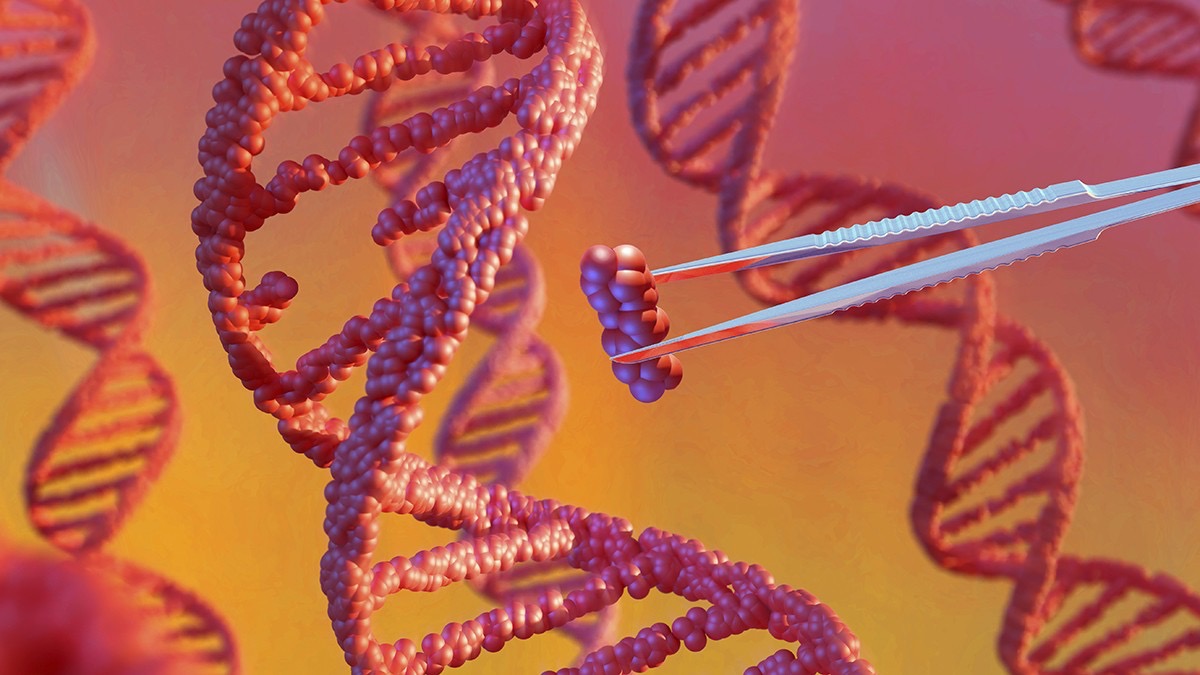
From Untouchable to Editable: How 21st-Century Gene Editing Breakthroughs Clash with Systemic Barriers
Flora Peyvandi, former President of ISTH, recently shared an encourgaing post on gene editing on X:
”Precision gene editing progresses, despite challenges: They may be the products of tomorrow, but today’s health systems do not easily support their price-tags and complex administration requirements.”
Read the full article here.
Genetic Disorders — The Untouchables, or Are They?
As precision gene-editing technologies—such as CRISPR, base editing, and prime editing—continue to advance, they hold transformative potential for treating genetic diseases once considered unmanageable.
From rare blood disorders to inherited blindness, these therapies represent a new frontier in medicine.
However, despite the scientific breakthroughs, real-world implementation remains a challenge.
High development costs, complex delivery methods, and the need for specialized infrastructure have created significant barriers for health systems worldwide.
Closing this gap will be essential for ensuring equitable access to the future of genomic medicine.
Learn more on new advancements in the field of medicine from Hemostasis Today.
-
Nov 29, 2025, 18:55Ahmad Thuaimer: Success Story – Advanced Interventional Care for DVT
-
Nov 29, 2025, 17:37Almahdi Ali Explores Ipsilateral Paradoxical Thromboembolism at 22nd European Angiology Days 2025
-
Nov 29, 2025, 17:23Jack Shuang Hou Shares Major Neurology Updates This Week
-
Nov 29, 2025, 16:52Federica Fogacci on Further Strengthening Collaboration Within the Lp(a)CCELERATE Study
-
Nov 29, 2025, 16:42Dr Abdul Mannan on the Echinocyte: Mastering the Diagnostic Duality of Artifact vs. Pathology
-
Nov 29, 2025, 16:42Vikas Dua: Heme Next 1.0 A Conference with a Difference
-
Nov 29, 2025, 16:41Hind Ali: Sources Of Error in Cell Counts
-
Nov 29, 2025, 16:40Maxime Dely: Even on a Break, You Can Give
-
Nov 29, 2025, 16:39Shrinidhi Nathany: HemeNext Brings Science, Technology, and Leadership Together
